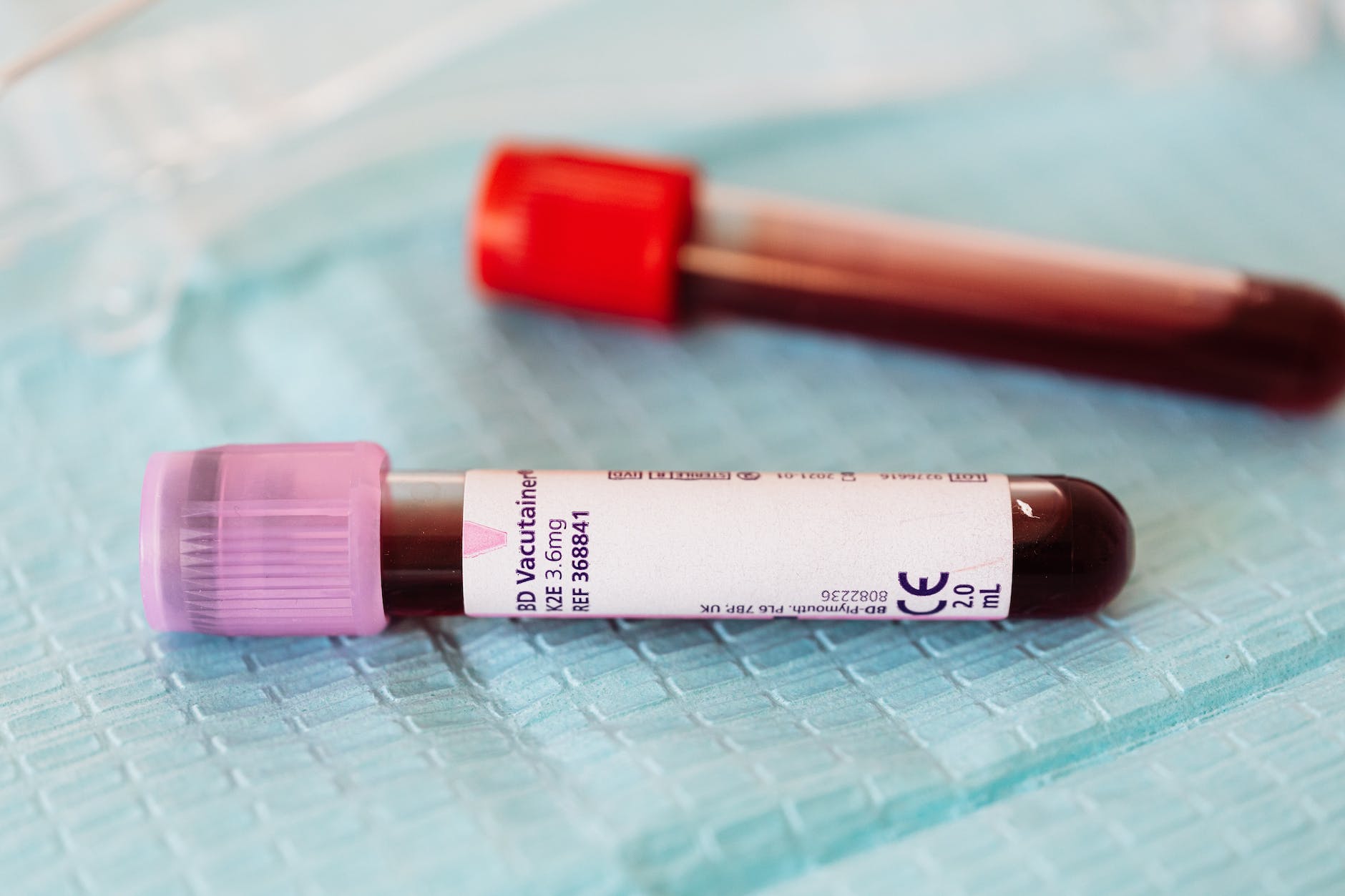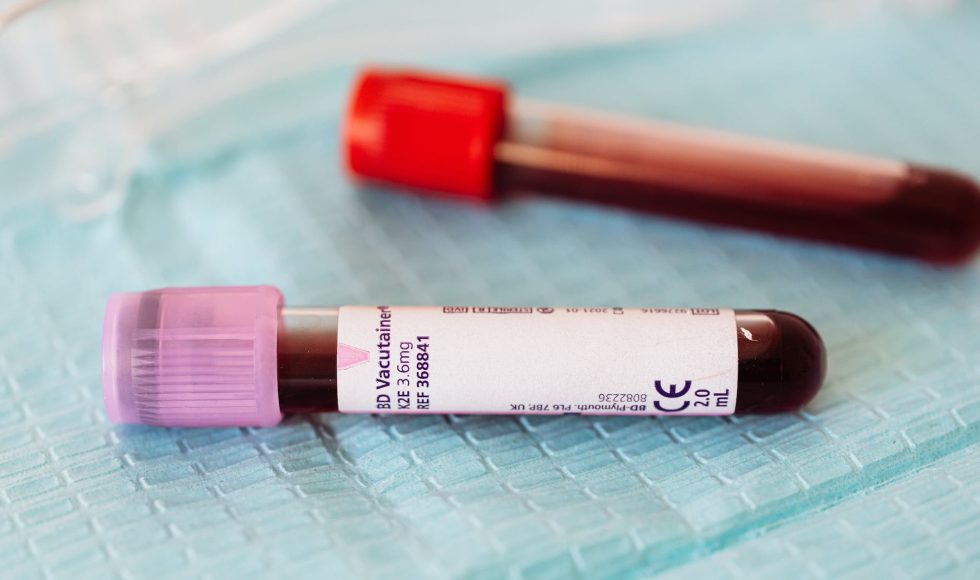The recording for the London Calling 2023 Liquid Biopsy session was posted, and I watched it tonight. The first panel member was Billy Lau who spoke about “Nanopore sequencing of cell-free DNA for methylation-based breast cancer detection in a case-control research cohort.” I had watched the individual talks previously but not the complete session. Lau is interested in analyzing methylation patterns through liquid biopsies to learn about cancer in non-invasive ways. They developed a protocol for highly multiplexed and high-throughput nanopore sequencing of cell free (cfDNA). They have used the approach for case-control studies for the purpose of early detection of breast cancer. Lau and team have trained classifiers to use methylation and fragmentation patterns for diagnostic purposes. The second speaker was Carolin Sauer from EMBL-EBI who spoke on “The potential application of nanopore sequencing for liquid biopsy analysis in children with cancer.” Sauer is a postdoctoral research fellow working on diagnostic methods for pediatric cancers. They are focusing on the challenge of obtaining sufficient amounts of material for multimodal diagnostics using liquid biopsies. Sauer is using long-read Nanopore sequencing to analyze samples from liquid biopsies. They can detect cfDNA patterns and classify them with methylation deconvolution. The third speaker was Andrew Beggs who presented on “Nanopore sequencing of ctDNA – better than short read!” Their team developed a “homebrew ctDNA sequencing” approach with a multiplex PCR panel. The approach can be used with Flongle flow cells. Duplex reads improve resolution and detection of allele frequency. Beggs noted that they had to adjust the polymerase conditions to improve for amplicon generation. During the question and answer session, Lau described the challenges of getting enough DNA from precious plasma samples. Lau also spoke about the importance of careful library preparation and high-quality DNA extractions. Sauer and Lau both mentioned the power of analyzing motifs, methylation, and fragmentation patterns. Beggs noted that there are long reads in cell-free samples. Watching the entire session helped me learn about how the three panelists collaborate either directly (Suer and Beggs) or indirectly through using their approaches. Lau also mentioned tips for the use of kit 14 that I am interested in learning about.



